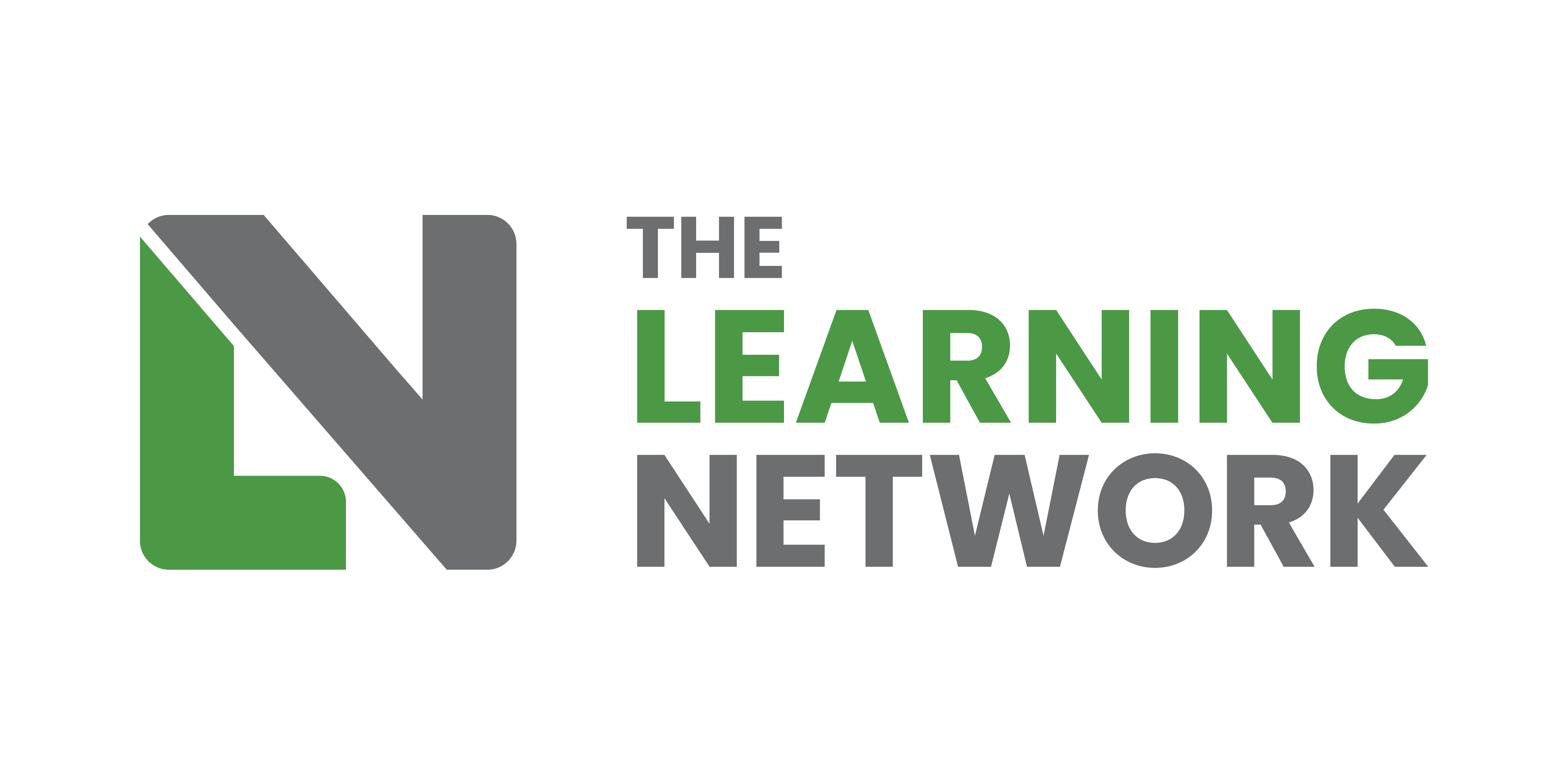I defy anyone to say that they don’t want to save money, time and sanity on their projects, without having to cut corners, features or quality. And the great news is that when hiring freelancers there are ways you can improve efficiency and processes to do this, and most of them are quick and easy.
Here are my top 10 tips for creating a fabulous relationship with freelancers.
Explain your processes upfront
Let your freelancer know what will be expected of them. Every company I work for has totally different approaches when it comes to processes and paperwork, especially in the kick-off phase. Sometimes there isn’t even a kick off – just ‘here’s the content, off you go’.
Other companies are very rigid in their processes, documents and expectations. When you are at a distance from companies, as freelancers are, it makes it even harder to understand the processes and what to expect.
By having a guidance document or exploratory call to explain your processes (and offering a recap if it is a while between projects) this can help get everyone off to a great start.
Give all the information upfront
It sounds an odd point and many of you may be thinking “well, of course” or “why wouldn’t you?”, but you may be surprised how many businesses don’t provide all the relevant information upfront.
There have been a few projects lately where I have got part way through before someone has told me either:
(a) they had another file that clarified things a lot more
(b) they already had a version of that resource I just created, or
(c) they have realised they had forgotten to give me the input (or feedback) from a key stakeholder.
This leads to wasted time researching answers to questions, emailing queries, creating resources from scratch and more.
Have a company or project style guide ready (and give it to them!)
The style guide should include any preferences you – or your client – has around language, how buttons work, instruction formats, brand guidelines, even on how to use punctuation on bulleted lists! It may take time for you to put together at first, but it will save both you and the freelancer time in the long run (get them involved at the start of the project and your freelancer may even be happy to do this for you).
If you do have a style guide, make sure you send it to the freelancer – it is for everybody’s benefit. I actually worked with someone recently who was hesitant to send it on as if it was some long-sought golden treasure, and would just tell me the bits from it as and when things came up or when I asked the right questions. Needless to say, this isn’t an efficient way to work.
Trust their guestimations of how long a project is expected to take
By all means give an idea of how much time is available in the project plan and is budgeted for. But if your person says it is going to take 4 days to do it, avoid bartering them down and giving ultimatums.
Not only does this provide a negative start to the relationship, it shows you are not valuing their time or expertise. They are the best judge of how much it will take them to get the quality and their work speed. Trying to barter time down can give the impression you are not bothered about quality or doing a job properly, or do not trust them.
Trust them
As with the point above, bear in mind that it is extremely difficult to give exact figures and timings at the start of a project (especially if you have not even seen the content yet). I am frequently asked to provide exact figures when I haven’t even seen how well developed the content is and the inclusion of factors like narration have not been decided on.
Plus, there are always caveats needed for late content, customers taking twice the length of time to provide feedback, a change of minds mid project and more. Hopefully a contract is in place that will help you all to see what is out of scope, and sort costs accordingly. But if a project is looking like it may go over/under time specified, don’t presume the freelancer is out to pull a fast one or doesn’t know what they are doing. There are so many variables that it is difficult to work out timings and costs up front and it is rare that a project will come out exactly as planned.
Give specific feedback
“I spotted a couple of typos”
“I don’t think this page works”
“This information isn’t quite right”
“Some pages need expanding”
And every freelancer’s favourite – “can you just add a bit more ‘something’?”.
More ‘wow factor’. Some ‘pizazz’.
If something isn’t right, provide the specifics, tell us how to correct or amend it and tell us what screen or slide it is on.
Send screenshots or make notes as you go through. Even just a slide number will do. Time spent hunting through 63 slides with multiple layers for an erroneous hyphen is not time well spent.
Aside from this creating an emails and queries back and forth, it also avoids the frequent “I can’t remember what the problem was/where it was” when you do revisit it to clarify – on both sides.
Combine feedback before sending it on
This is a favourite tip that saves a lot of time for me when done right.
There are often multiple stakeholders who inevitably all have differing opinions on a piece of work, and often it can be conflicting and/or unclear. By making sure you have one designated person to collate feedback and send onto the freelancer you will pick up on any queries that arise as a result of differing opinions and be able to answer them before sending on – saving confusion on the freelancer’s part, avoiding a make amends/undo amends loop going on, and a lot of back and forth with communications.
Send feedback via one format
In extension to the above point, try to stick to one feedback method. My clients vary in their preferences – some provide it in an excel doc, some by email, and others by the Articulate Review tool. As long as they stick to one method (or 2 max) for their project it is a lot easier to track what needs doing and what is complete.
I have lost many an hour hunting through message trails, emails, my notes and submitted comments to find feedback when something has cropped up again or queried. Sometimes they are never found.
Make them feel part of your team
Not everyone will take to this, some freelancers prefer to stay at arm’s length, and some businesses prefer to keep them there, but again, every company I work for has a different approach.
With some of my clients I never speak to anyone other than my one designated project manager or contact, and may never cross paths with another soul.
Others invite you in as part of the team, make you a part of their virtual spaces and invite you to team sessions so you can understand what is going on and other people whose brains you can pick, and (in a pre-pandemic world) invite you to their offices to meet face to face.
Guess which one gets me more motivated and eager to give more bang for their buck?
.. Pay them on time
You only have to glance at any freelance networks online to see that chasing late payments is the bane of any freelancer’s life. Most of us hate talking money as it is, so when we have to repeatedly chase payment this becomes not just frustrating, but can damage relationships.
If a freelancer asks you for part (or full) payment upfront, understand that this is likely to be why – they have been burnt too many times. Paying on time will help ensure that they want to work with you again too should the opportunity arise.
Ultimately you are paying for a freelancer’s time – so the less time they have to spend working out what is going on the better. The more time they can spend creating and firing marvellous ideas out of their noggins. And it of course works both ways.
As freelancers we learn from every project and will refine our processes and the questions we ask throughout the project, hopefully getting braver at asking for what we need with time and experience.
And as a bonus they will spread the word as to how fabulous you are to work with and there will be great freelancers fighting their way to your door.

Helen Hill is a self-employed Digital Learning, Content & Graphic Designer at Unlikely Genius Ltd. She has been working in content and learning design for five years, combining the skills gained during the previous nine years working as a graphic designer, a Further Education lecturer and developing literacy and e-learning in schools. Unlikely Genius is based on the principles of ensuring the user comes first, communicating in plain language and making content available and accessible to all.
E: helen@unlikelygenius.com
W: www.unlikelygenius.com
T: @unlikelygenius



